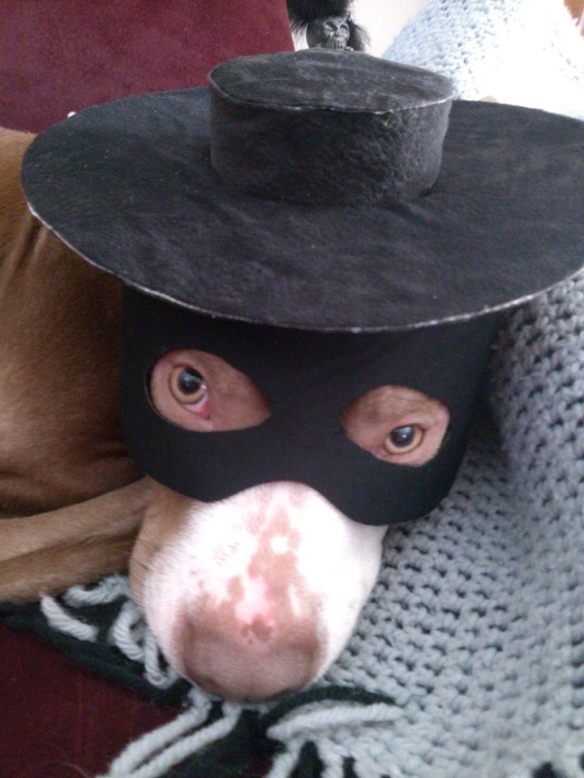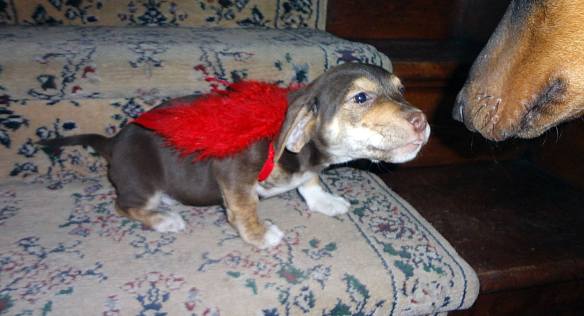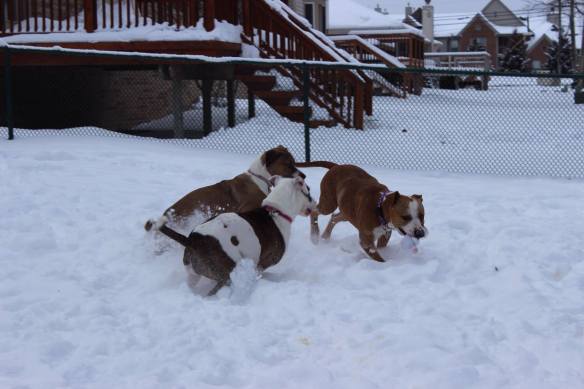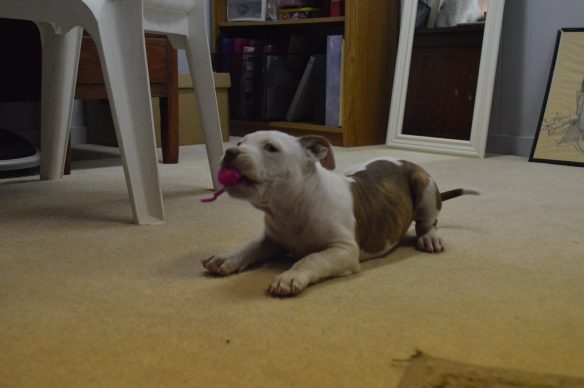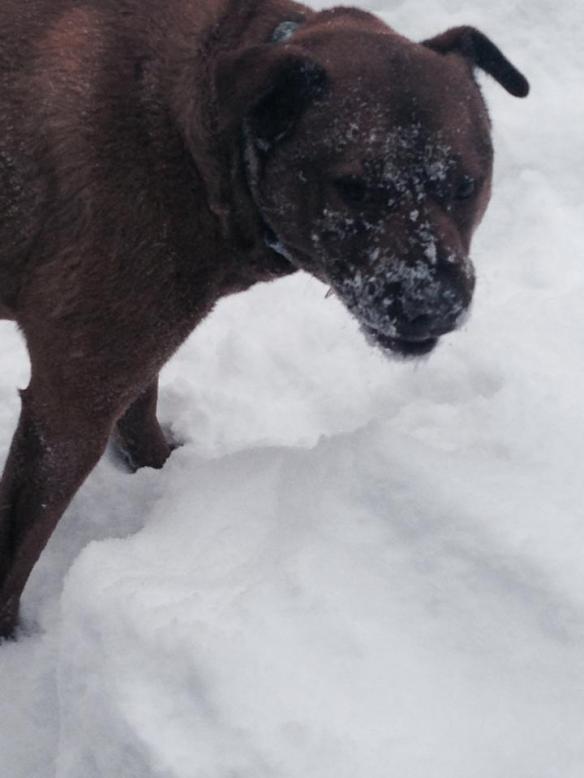Marilyn McKiddie, an Amazing Person
Giving Back to the Community
Marilyn is honestly a beacon of light in a very dark time for Detroit. As you know, Detroit consistently makes national news for its problems; yet it is rare to hear a story of hope come from the Motor City.
Marilyn has dedicated her life to being the voice of those who cannot speak – the stray, neglected, and abused dogs of the Metro Detroit Area. Ten years ago, she started a 501c non-profit organization called Home FurEver; a no-kill, foster based rescue that takes in all breeds of dogs, no matter what their condition. Marilyn will not give up on any dog, and thanks to her efforts, over 4,500 dogs have been rescued and re-homed in those ten years. The true number of dogs that Marilyn has rescued is even higher though, as she started rescuing independently twenty years prior to starting Home FurEver!
Though Marilyn receives no pay or compensation for what she does, she is “on call” 24/7. She has gained notoriety and respect in the community, people look to her for advice on behavioral issues and ways to keep their dogs when they are struggling. Members of the community know that when they see a dog being mistreated and think to themselves, “someone should do something about that,” Marilyn is that someone – she is the hero for the dogs.
Quite frankly, a hero is exactly what this community needs. Detroit needs more heroes; more people whose selfless actions inspire others to do great things. Marilyn’s work saving the lives of local dogs has the potential to be the catalyst for a chain reaction of other good deeds.
Overcoming a Life Struggle
Truthfully, every day can be a struggle for Marilyn as she is faced with a deluge of phone calls and text messages from concerned residents, people trying to dump their dogs, or questions from her large volunteer base. On top of that, she is also the Director of Home FurEver, bearing the myriad responsibilities associated with running an organization. It is truly a labor of love, as her passion for animals is what motivates her to work this hard, day and night. The need for dog rescue in the Detroit area is never ending, and it takes a toll on her, both physically and emotionally.
As if she didn’t have enough on her hands, on October 22 (the day before Home FurEver’s ten year anniversary party), there was a furnace fire in Marilyn’s home. Everything was lost, and Marilyn did not have homeowners insurance. Tragically, Marilyn lost far more than a house and material possessions – four dogs perished in the fire. A time of celebration has turned into a time of terrible mourning. Words cannot describe the anguish Marilyn is still enduring. She is an icon in the rescue community, and we all grieve deeply for her.
However, within days of the tragedy, Marilyn was back to networking with volunteers to pull death row dogs out of shelters and re-home Detroit’s unwanted angels. Marilyn rose like a phoenix, transforming her pain into fuel for her tireless efforts. Her steadfast dedication to saving animals is simultaneously truly inspirational and extremely humbling – any personal struggles I have experienced pale in comparison.
She is currently living with her husband, as the two of them previously lived in separate houses to help more dogs. It is a struggle to maintain order after combining their packs in the wake of the fire. Caring for their beloved dogs is an all-consuming task, as they also care for feral dogs; dogs who were born and raised on the streets and are unadoptable. Rather than have them euthanized, Marilyn and her husband have made the necessary sacrifices to provide them sanctuary. Neither house-sitting nor boarding is an option with feral dogs, it is a lifelong commitment.
Marilyn purposely lives where she does because that is where the problem lies. She has never been the type to watch from the sidelines and offer assistance when it is convenient for her. This is her life’s work – to be selflessly, utterly devoted to helping those who can’t help themselves. She never intended to become hero or a role model for the underdog population of Detroit, but a soul shining as brightly as hers cannot go unnoticed.
Personal Financial Need
Even before the fire, Home FurEver was in desperate financial need. All of the rescue’s financial support comes from donations and fundraising. At any given time, Home FurEver could be financing the food and veterinary cost for 90 to 130 dogs in foster care! The rescue is 100% volunteer based; there are no paid positions. Everything that Home FurEver has accomplished in the last ten years is a direct result of loyal volunteers who have been inspired by the work Marilyn is doing.
Unfortunately, that kind of budget leaves next to nothing to be saved for large expenditures. Home FurEver uses two dilapidated vans and an overloaded single axle trailer to transport rescue dogs as well as crates and other supplies to weekly adoption events. This is the only way the dogs can be seen in person. The vans are constantly breaking down and the trailer needs to be upgraded due to the weight of the gear it carries.
In addition to the financial needs of Home FurEver, Marilyn lost everything in the house fire. Unfortunately not having homeowners insurance makes this an incredible personal financial need for Marilyn. We will never understand why bad things happen to good people; but I am asking you to please help a woman that has spent her life helping others. She is a personal hero of mine, and she has taught me to find myself by losing myself in the service of others.
This photo of Marilyn truly is worth a thousand words describing a day in her life. Crouched on a busy Detroit street, in the rain; the most tender expression of compassion. This is a photo of an angel at work. Please help Marilyn so that her light may reach more people until it finally ushers in the dawn. http://www.homefurever.com
http://www.homefurever.com


